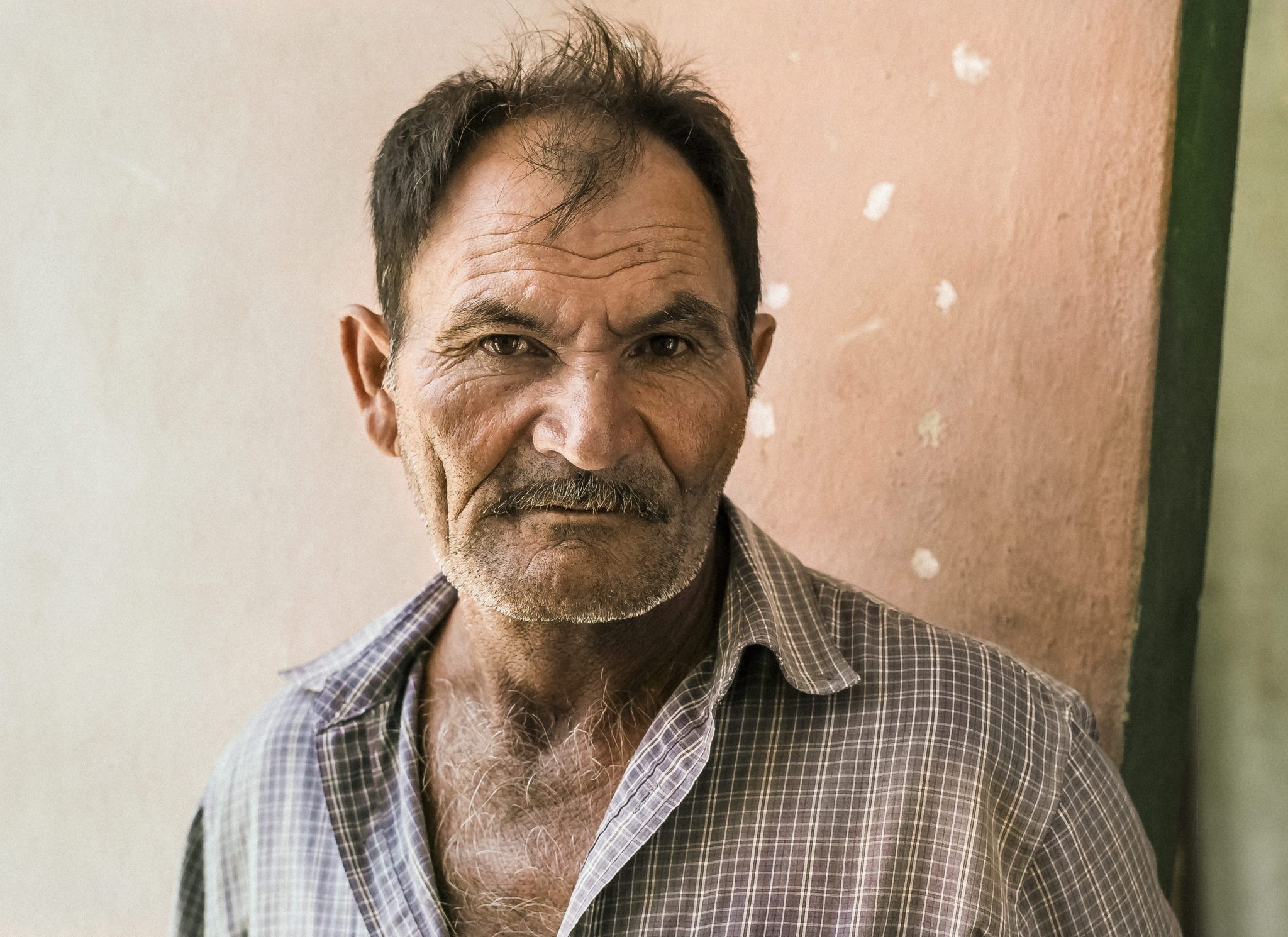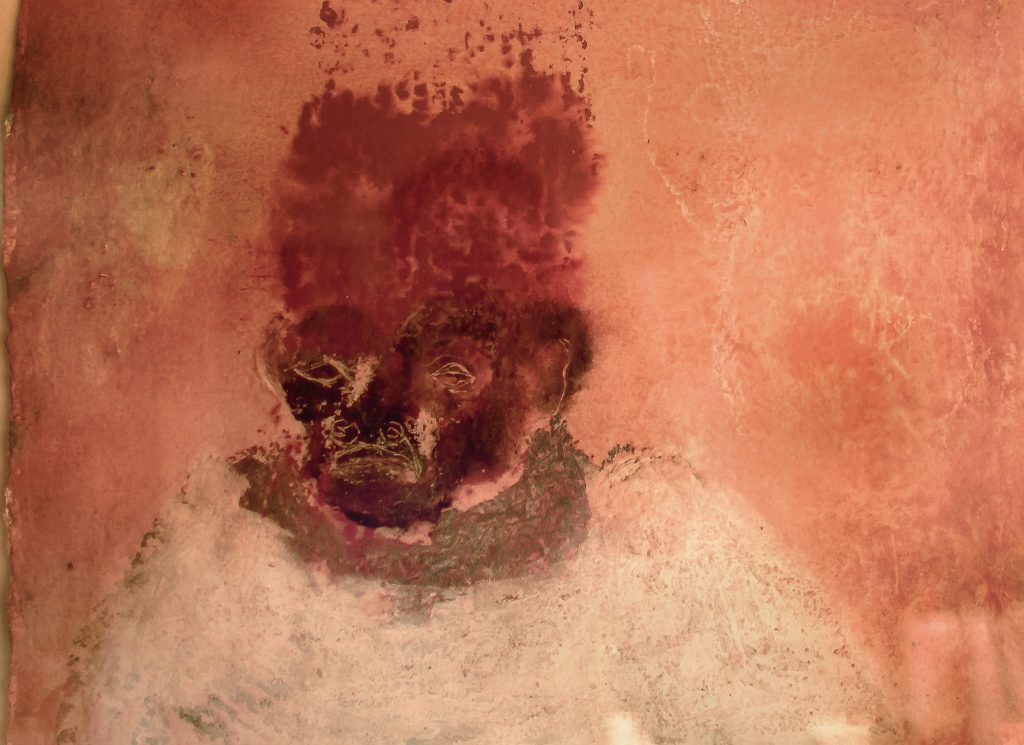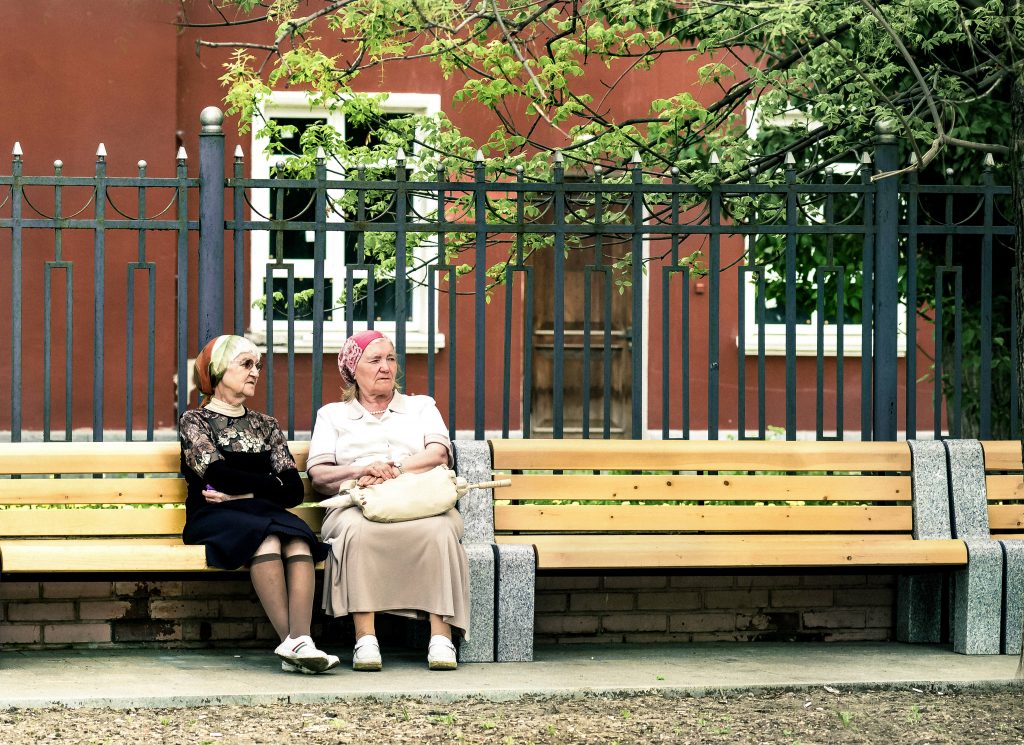In Latin America, where growing numbers of people die every year taking a stand against violent land seizures and harmful environmental activities, a new political agreement promises protection.
It comes too late for environmental defenders such as Isidro Baldenegro López and Berta Cáceres, shot and killed in 2017 and 2016, respectively. Baldenegro, of Mexico, winner of the prestigious Goldman Environmental Prize in 2005, sacrificed his life to stop the destruction of forests on lands belonging to the Tarahumara people in the northern part of the country. Cáceres, of Honduras, winner of the prize in 2015, gave up her life to stop the construction of a hydroelectric dam next to lands belonging to the Lenca people in the southwestern region of the country.
But it can protect others.

A New Political Agreement Promises Protections for Environmental Activists
Climate Change
The new agreement, the first of its kind in Latin America, is bringing hope for a new legal mechanism to help poor, vulnerable communities becoming increasingly more so during a period of dangerous climate and accompanying social change.
As the supply of natural resources on Earth declines steadily at the same time as the population of men, women, and children grows steadily, clashes between those who want to safeguard resources and those who want to destroy them are becoming both more common and more violent. Earth’s defenders, who face constant threats from powerful political operators and wealthy business owners determined to seize land and its resources, now more frequently pay for their efforts with their lives.
In poor nations, such as Mexico and Honduras, a systemic rejection of human rights is especially clear. But even in rich nations, such as the United States, a fundamental lack of human rights for members of poor, vulnerable communities is the status quo. Who can forget the recent attacks on protesters outside Standing Rock in the U.S. by powerful political forces and wealthy business owners intent on seizing land belonging to the Sioux tribe to construct an oil pipeline?

Environmental Activists Face Constant Threats from Powerful Political Operators
Deadly Work
In 2017, almost 200 environmental activists were killed worldwide, a jump of 400 percent since 2002, according to Global Witness, an international non-governmental organization working to expose corruption and environmental abuse. More than 60 percent of the killings occurred in Latin America. When Berta Cáceres was killed by assassins in March of 2016, she became the 120th environmental activist since 2010 to die in Honduras, a small country in Central America, with less than 10 million people.
It is in tribute to the people on the front lines of the war to protect the environment that government officials finally are taking action.
On March 4th of 2018, more than 100 government officials from 24 nations in Latin America and the Caribbean joined regional community activists, international public policy experts, and environmental lawyers in the capital of Costa Rica, known as San José, to finalize the details of the new agreement, called Regional Agreement on Access to Information, Public Participation, and Justice in Environmental Matters in Latin America and the Caribbean.

People in Vulnerable Communities Need Protection from Wealthy Land Owners
New Law
Next, on September 27th of 2018, at United Nations headquarters in New York City, the agreement will go up for a vote before representatives of the 33 nations of Latin America and the Caribbean. Once the agreement has been ratified by at least 11 of the nations, it will become a formal, binding treaty among the nations.
In the countries bound by the treaty, the people who defend human rights in the context of environmental matters will be able to operate without fear of reprisal. Also, access to information about development projects and their impact on local communities will not be restricted. Equally important, the process of assessing the impact of a project will be open to the public; and technical or legal assistance will be made available to people who need it.
But, for the international environmental activists and public policy experts hoping to guide the formulation of the landmark agreement into an effective law, there is still a lot of work to do. Not only must government officials from the 33 nations of Latin America and the Caribbean ratify the treaty; they must start enforcing its provisions. How many governments will start enforcing a law which empowers their traditional adversaries—environmental defenders—while diminishing their own power to seize land and profit from controversial development projects?
Hope for Change
In Honduras, where ten families own the majority of the nation’s companies while dominating its land holdings and controlling its politics, prominent government officials have been linked to attacks on environmental activists, including the one which killed Berta Cáceres. The government officials have worked in concert with military and police forces, according to international watchdog organizations.
At this point, it doesn’t seem likely that, among the 33 nations of Latin America and the Caribbean, Honduras will be one of the signatories to the new treaty.
Still, the treaty’s authors are hopeful. They believe they are validating, for the first time, the rights of poor, vulnerable communities under constant threat from richer, more powerful political operators and business owners. They believe that Baldenegro, Cáceres, and other environmental activists who have paid for their efforts with their lives have not died in vain.

Environmental Defenders Often Pay for Their Efforts with Their Lives
U.S. Policy
Perhaps the most formidable obstacle to meaningful protections for environmental activists, though, comes from the United States.
The U.S. is one of the primary sources of funds used by armed forces worldwide to suppress opposition to land seizures and destructive environmental activities. In Honduras, for example, military and police forces have received tens of millions of dollars in aid from U.S. officials. Some of this money is used to direct deadly attacks on environmental activists, according to international watchdog organizations.
U.S. officials don’t attach a high value to the lives of environmental activists on their own soil. In places like Standing Rock, U.S. officials only care about seizing land for their own uses. How could they be expected to care about what happens to environmental activists anywhere else?




